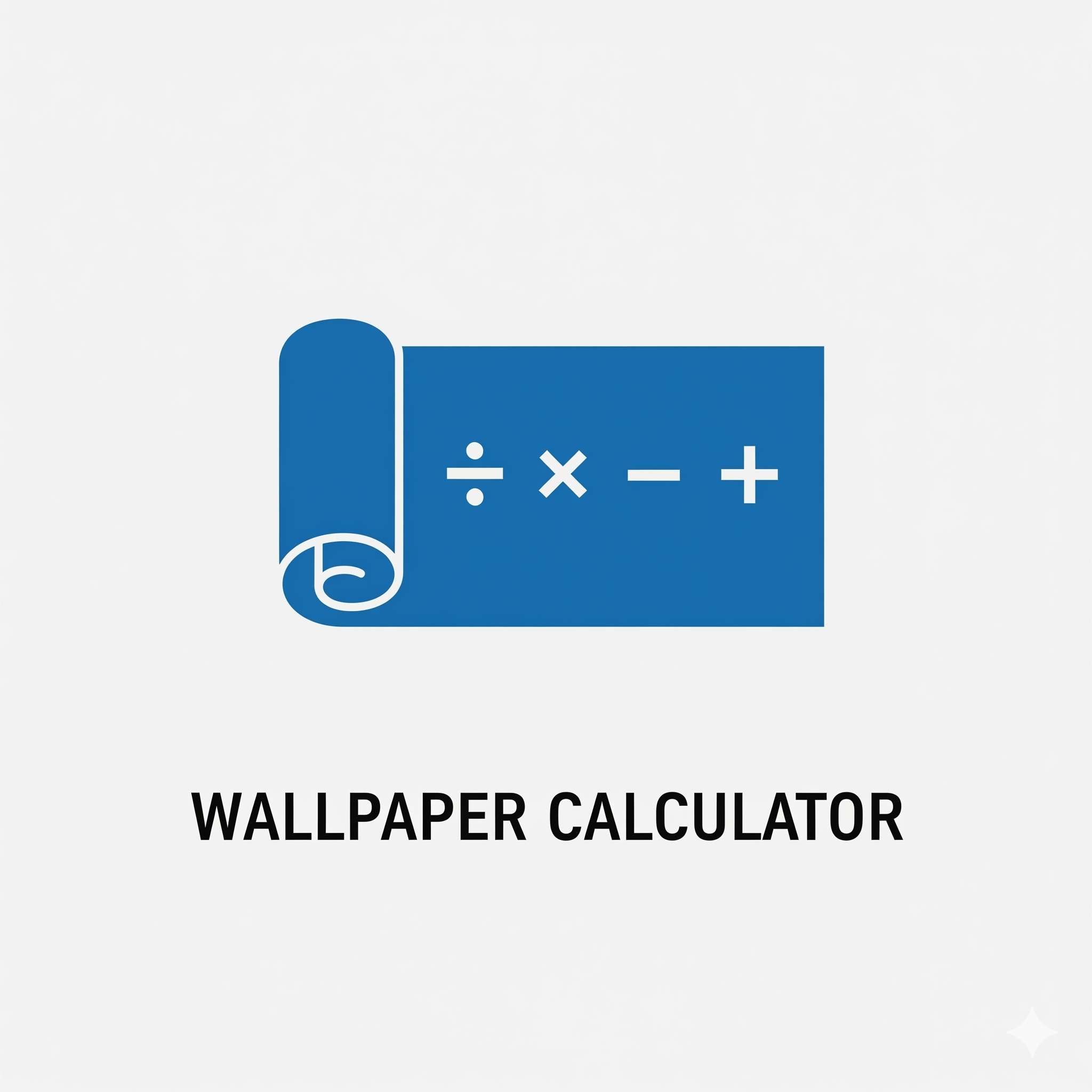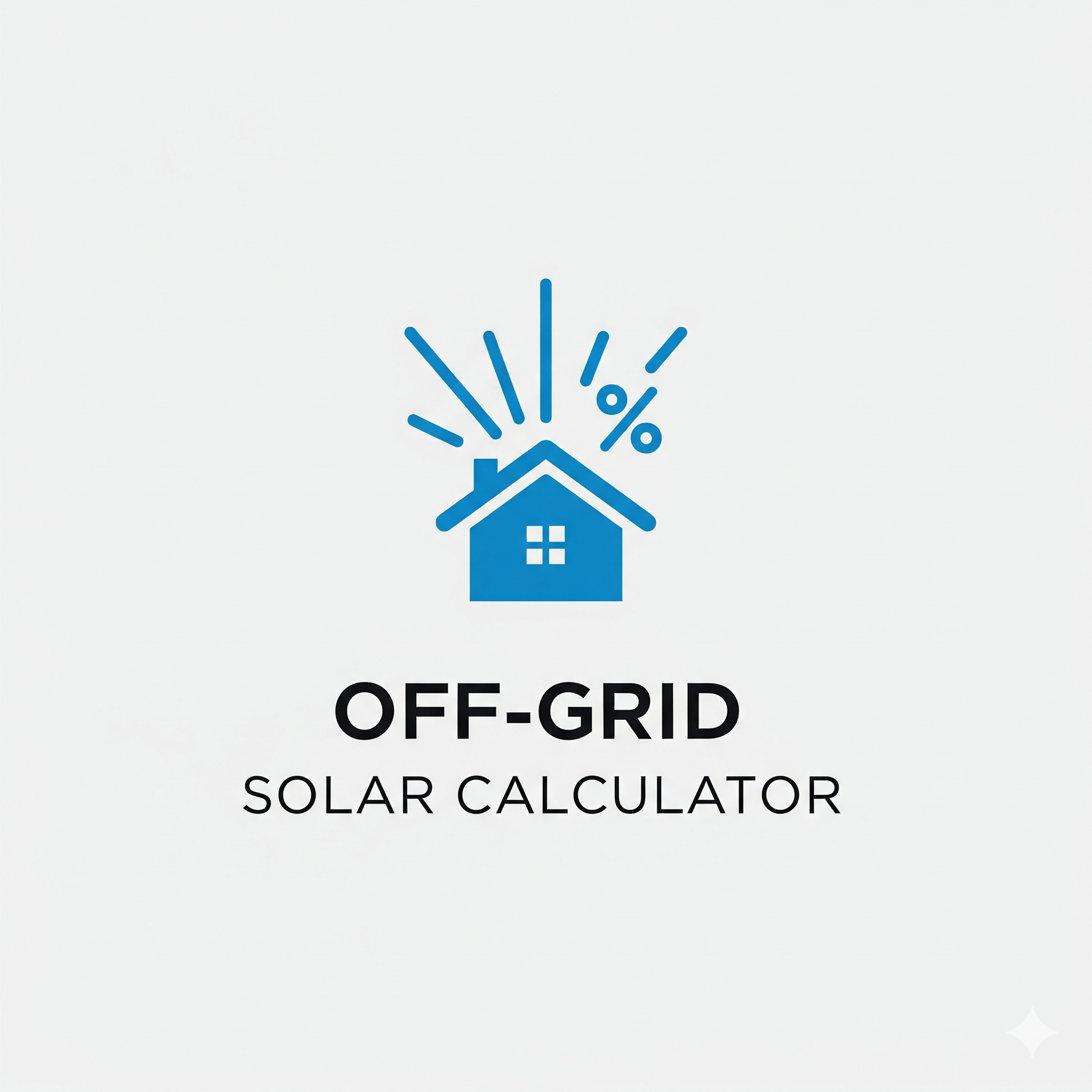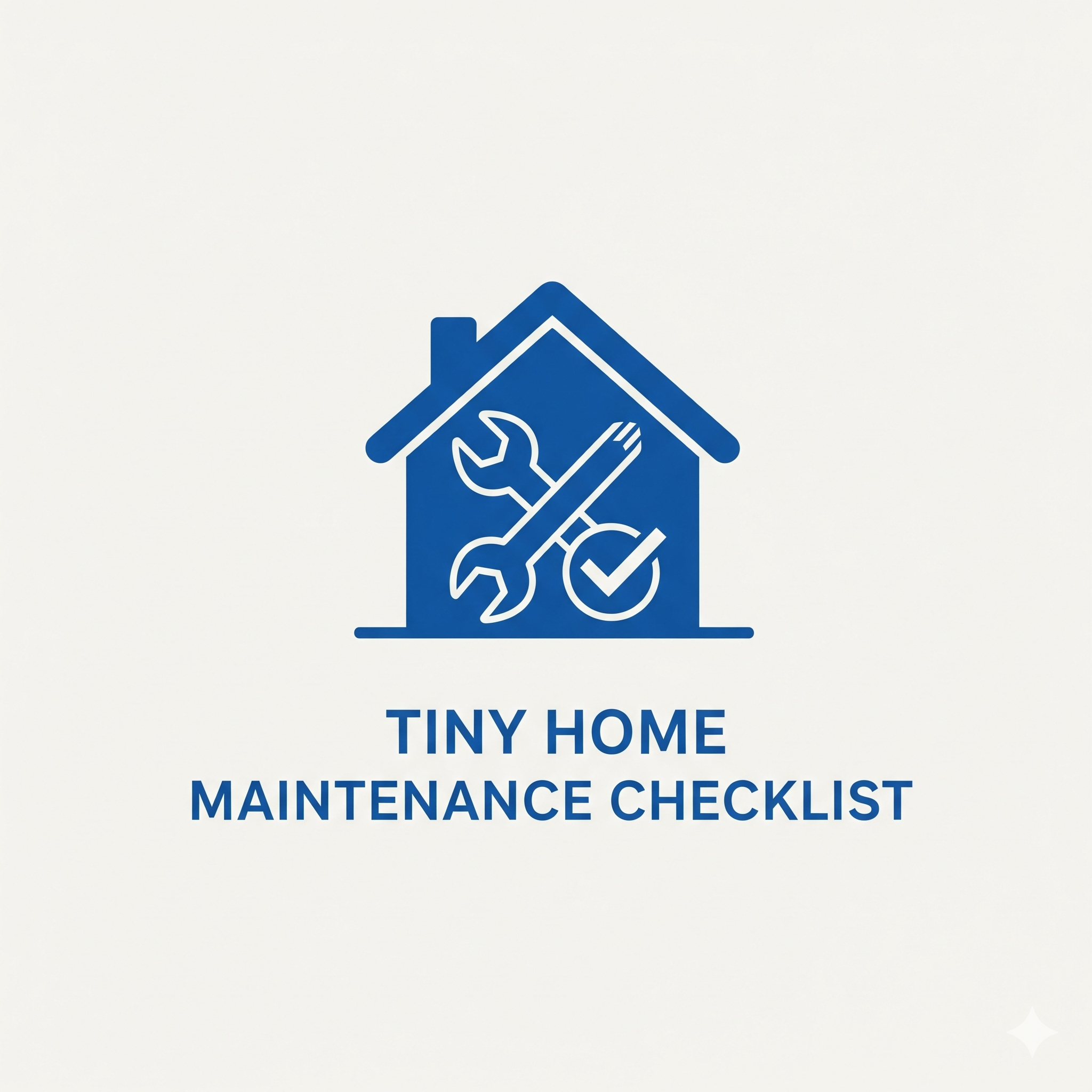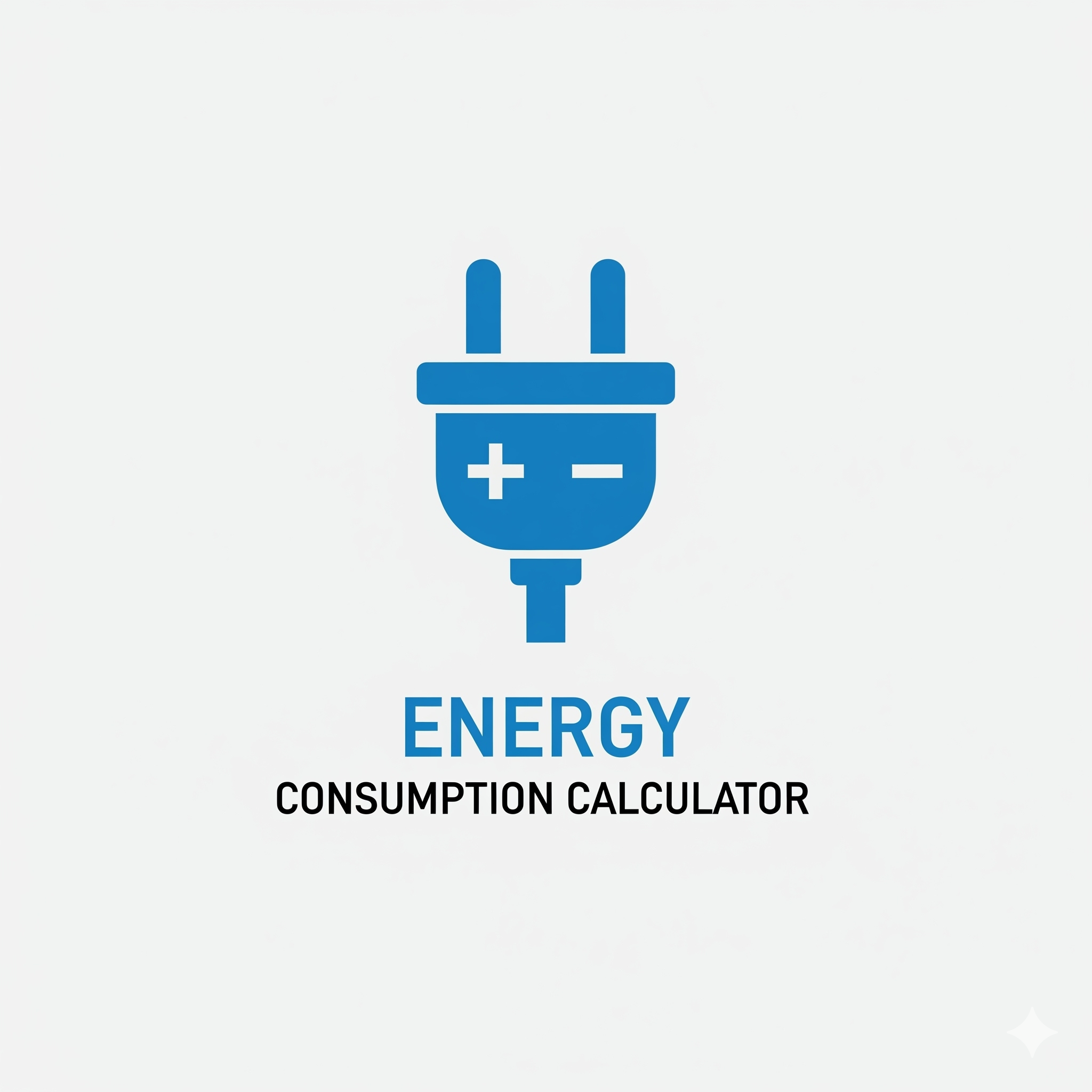Wallpaper Calculator: How Many Rolls to Buy
Our free Wallpaper Calculator accurately estimates how many rolls of wallpaper you need. Enter your wall and roll dimensions to avoid waste and ensure you buy enough.
Wallpaper Calculator
Enter your wall and wallpaper roll dimensions to accurately estimate how many rolls you’ll need for your project.
1. Your Wall Dimensions
2. Your Wallpaper Roll Info
Estimated Rolls Needed
How to use this tool: First, measure the width of all the walls you plan to cover and add them together. Enter this total width and your wall height in feet. Next, find the details for your chosen wallpaper and enter the roll width (in inches), roll length (in feet), and the pattern repeat (in inches). Click “Calculate” to get your estimated number of rolls.
The Only Wallpaper Calculator You’ll Need to Avoid DIY Disaster
There’s a special kind of DIY heartbreak that comes from being just one strip short of finishing a wallpaper project. It’s a gut-wrenching moment. As a tiny home designer at Neat Tiny Home, I know that an accent wall with a beautiful, bold wallpaper is one of the most effective ways to add drama and personality to a small space. But I also know that a failed wallpaper project is a costly, frustrating mess. The number one cause of this failure? Improper calculation. That’s why I’m adamant that before you fall in love with a pattern, you must use a reliable **Wallpaper Calculator**. This tool is designed to be your project’s safety net. It takes the complex variables—like pattern repeats and trimming waste—and turns them into a simple, clear number: the number of rolls to buy. It’s the five minutes of planning that will save you hours of frustration and hundreds of dollars.
Buying too little wallpaper is a disaster because the next roll you buy, even if it’s the same pattern, could be from a different dye lot, resulting in a noticeable color shift on your wall. Buying too much is a waste of money and precious storage space. This **Wallpaper Calculator** is calibrated to find that sweet spot. It calculates your needs based on your exact dimensions and then adds a standard 15% waste factor, ensuring you have enough to account for mistakes, tricky cuts, and that all-important pattern matching, giving you just the right amount for a perfect, stress-free installation.
The Mystery of the Pattern Repeat (And Why It Matters So Much)
If you’re using a solid-color wallpaper, your calculations are simple. But the moment you introduce a pattern, you introduce the concept of a “pattern repeat.” This is the vertical distance between the start of one pattern and the start of the next identical pattern. Why does this matter? Because each new strip of wallpaper you hang must be perfectly aligned with the previous one to create a seamless design. This often means you have to cut off and waste a portion of the paper at the top of each new strip to get the alignment just right. The larger the pattern repeat, the more potential waste you will have, and the more wallpaper you will need. This is the single most overlooked factor in wallpaper calculation, and it’s why our **Wallpaper Calculator** specifically asks for this crucial number. You can almost always find the pattern repeat listed in the product details section of the wallpaper you’re buying.
How to Measure Your Walls for a Perfect Calculation
Accurate results from the calculator depend on accurate measurements from you. Here’s a quick guide to getting the numbers you need:
- Measure Total Width: Using a metal tape measure, measure the width of each wall you intend to cover, from corner to corner. Add all these widths together to get your total width. Do not subtract for windows or doors. It’s much safer to calculate for the full wall and have the excess; small areas are often needed for trimming above and below these openings.
- Measure Height: Measure the height of your wall from the top of your baseboard to the ceiling. You typically only need to measure this once if your ceilings are level.
- Find Your Roll Dimensions: Look at the product page or the label of the wallpaper you want to buy. You’ll need three numbers: the **roll width** (usually in inches), the **roll length** (often in feet), and the **pattern repeat** (in inches).
Once you have these numbers, you have everything you need to get a reliable estimate from the **Wallpaper Calculator**.
A Quick Guide to Wallpaper Types
The calculations are just the start. Choosing the right type of wallpaper for your space and skill level is also key for a successful project.
| Wallpaper Type | Application Method | Best For |
|---|---|---|
| Peel-and-Stick | Self-adhesive backing, like a giant sticker. Removable. | Beginners, renters, and small accent walls. Very forgiving. |
| Pre-pasted | Comes with dried paste on the back. Activated by dipping in water. | DIYers who want a more traditional but still manageable option. |
| Non-pasted | Requires you to buy and apply wallpaper paste to the wall or the paper. | Experienced DIYers or professionals. Offers the widest range of high-end papers. |
For your first project, I highly recommend starting with a peel-and-stick wallpaper. The ability to reposition it if you make a mistake is a huge advantage for beginners. Many modern brands like Chasing Paper or Tempaper offer stunning, high-quality removable options.
Wallpapering is a project that requires patience and precision, but the payoff is enormous. It adds a layer of texture, color, and custom personality that paint alone can’t achieve. By starting your journey with a solid plan backed by our **Wallpaper Calculator**, you’re setting yourself up for a beautiful result that you’ll be proud of for years to come.
What pattern or style of wallpaper are you dreaming of for your space? Share your vision in the comments below!
Frequently Asked Questions (FAQ)
- Why shouldn’t I subtract my doors and windows from the wall width?
While it seems like this would save you money, it’s a risky move. The wallpaper sections that are cut out for a window are often not usable for starting a new full-length strip, especially with a pattern. Calculating for the full, flat wall ensures you have enough paper to cut these sections out and to have enough for the tricky areas above and below them. The extra is your safety margin. - What is the difference between a “single roll” and a “double roll”?
This can be confusing! In the US, wallpaper is often priced by the single roll but sold only in double roll bolts to ensure you have enough length. Our calculator works best if you find the actual length of the bolt you are buying (e.g., a “double roll” might be 33 feet long) and enter that into the “Roll Length” field. - I bought the right amount, but I’m still nervous to start. Any tips?
Start on the most inconspicuous wall in the room, like the one behind the door. This allows you to practice your technique in an area where any small mistakes won’t be as noticeable. Also, always draw a perfectly straight, level vertical line (a plumb line) to guide your very first strip—if the first one is straight, the rest will follow. - What tools are absolutely essential for hanging wallpaper?
You will need a sharp utility knife with extra blades, a wallpaper smoother tool, a metal tape measure, a level, and a straight edge. If you’re using non-pasted paper, you’ll also need a paint roller or brush to apply the paste.




Post Comment